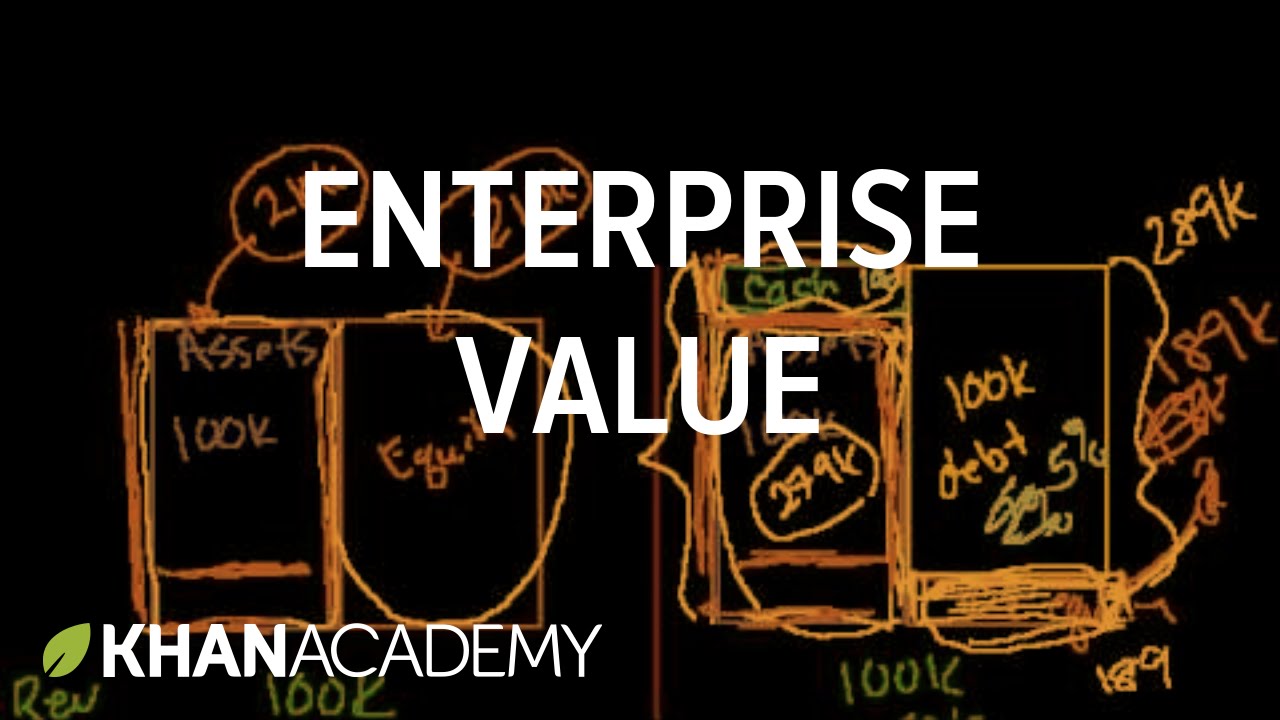The popularity of Multiples among investors is well known. But, recently this trend is catching up amongst executive/ managerial people as well. Some of the common valuation multiples frequently used are Price-to-earnings multiple, Enterprise Value Multiples etc.
Valuation multiples are the quickest way to value a company and are useful in comparing similar companies (comparable company analysis or relative valuation technique). They attempt to capture many of a firm’s operating and financial characteristics (e.g. expected growth) in a single number that can be multiplied by some financial metric (e.g. EBITDA) to yield an enterprise or equity value. Multiples are expressed as a ratio of capital investment to a financial matrix attributable to providers of that capital.
They are quite handy, especially in summarized evaluation, relative valuation to be precise. Due to extensive usage and popularity among media persona and various interested third parties, it has become imperative for the managerial/ executive people to keep in check with them.
Model Supremacy:
| Enterprise Value Multiples | Equity Value Multiples |
| EV / EBITDA | Price / EPS (“P/E”) |
| EV / EBIT | Equity Value / Book Value |
| EV / Sales | P / E / Growth (“PEG Ratio”) |
| EV / Unlevered Free Cash Flow |
Earnings multiples, particularly the price-to-earnings (P/E) ratio, are a common shorthand for summarizing how the stock market values a company. The media often use them for quick comparisons between companies. Investors and analysts use them when talking about how they value companies. Finance theory does suggest that companies with higher expected growth and returns on capital should have higher multiples. And the theory held true when we analyzed large samples of companies across the economy.
Enterprise Value Multiples are better than Equity Value Multiples because the former allow for direct comparison of different firms, regardless of capital structure. The value of a firm is theoretically independent of capital structure. Equity value multiples, on the other hand, are influenced by leverage. For example, highly levered firms generally have higher P/E multiples because their expected returns on equity are higher (as illustrated below). Additionally, EV multiples are typically less affected by accounting differences, since the denominator is computed higher up on the income statement.
| Particulars | ISMT | MAHARASHTRA SEAMLESS LTD. |
| EPS (As per Standalone Data as on Mar 2012) | 1.72 | 45.00 |
| Market Price per share | 23.46 | 329.85 |
| PE | 13.64 | 7.36 |
| Debt (In Crore) | 1,107 | 77 |
| Shareholders’ funds (In Crore) | 598 | 2,539 |
| Market Cap (In Crore) | 342 | 2,333 |
| EBITDA | 280 | 515 |
| Sales | 1,702 | 1,761 |
| Enterprise Value [(Mkt Cap+Debt)/EBITDA] | 5.18 | 4.70 |
| Enterprise Value [(Mkt Cap+Debt)/Sales] | 0.85 | 1.37 |
- Source edelweiss
Though Maharashtra Seamless Ltd. is a risk free in comparison with ISMT, and a better performer in comparison with each other still has a poor multiple i.e. almost half of ISMT.
Let us look at another illustration, price & multiple movements over the years:-
| Particulars | Hindustan Unilever Ltd | Marico Ltd
|
||
| (Presence over 75 yrs) | (Presence over 25 yrs) | |||
| 2011-12 | 2001-02 | 2011-12 | 2001-02 | |
| EPS | 10.67 | 8.04 | 4.94 | 34.02 |
| Market Price | 466.28 | 220.50 | 195.28 | 4.43 |
| PE | 43.70 | 27.43 | 39.53 | 0.13 |
| Market Capitalization | 1,03,159 | 47,965 | 12,603 | 6 |
| Debt | 1,024 | 58 | 330 | 5 |
| EBITDA | 3,857 | 2,360 | 459 | 75 |
| Enterprise Value [(Mkt Cap+Debt)/Sales] | 27.01 | 20.35 | 28.18 | 0.15 |
Now, the multiples are completely contradicting the previous illustration, PE & Enterprise Value are almost indifferent, irrespective of operation size, capital structure, and market maturity.
Therefore it can be said that some multiples are better than others for comparing performance. But, ubiquitous as the P/E ratio is, it is distorted in its traditional form by differences in capital structure and other non-operating items.
But, these multiple need to be cautiously used, especially when the analysis is intended to be used in valued decision making process. This is because; the choice of multiple(s) in valuing and comparing companies depends on the nature of the business or the industry in which the business operates. For example, EV/(EBITDA−Cap Ex) multiples are often used to value capital intensive businesses like cable companies, but would be inappropriate for consulting firms. To figure out which multiples apply to a business in consideration, we must try looking at equity research reports of comparable companies to see what analysts are using.
Clearly, The Executives focused on having the highest multiple are missing the point. Rather, as companies with high Total Returns to Shareholders (TRS) know, The Executives should focus on the amount of value they create—with regard to growth, margins, and capital productivity.
Analysis:
The objective of the multiples valuation method is to determine Equity Value based on market prices of comparable firms i.e. peer group. But, in reality, it’s difficult to identify similar firms, or sometimes they do not exist.
The lack of comparables with equal operating and financial characteristics constitutes one reason why multiples differ across the peer group and firms in general. Other reasons why multiples vary across firms are accounting and regulatory differences, fluctuations in accruals or cash flows, or market mispricing. For many investors, the latter explanation (i.e. market mispricing) forms the prime motivation to utilize the multiples valuation method because it implies a possibly inefficient market with some firms being overpriced or underpriced.
Irrespective of the market efficiency argumentation, multiples can be very helpful. For instance, when we seek to determine the value of a private, not publicly traded, entity as it is the case for several types of corporate transactions (e.g., IPOs, equity carve outs, spin offs), or to get an impression what the market is willing to pay for it.
Conclusion:
A premium multiple is hard to come by and harder to keep. The Executives should worry more about improving performance. However in a mature industry, irrespective of performance multiples vary little among true peers. Companies may occasionally outperform their competitors, but industry-wide trends show a convergence of growth and returns that is so striking as to make it difficult for investors, on average, to predict which companies will do so. As a result, a company’s multiples are largely uncontrollable.
Managers would be better off focusing instead on growth and return on capital, which they can influence. Doing so will improve the company’s share price, even if it doesn’t result in a multiple higher than those of its peers.
As illustrated in ISMT & Maharashtra Seamless Ltd. case, considering all conditions constant, it’s difficult for ISMT to peak its PE multiple substantially, because of its already enjoying better PE in comparison to its peers. On other had Maharashtra Seamless Ltd has better chances of improving its PE multiple over the period of time with even an average performance.
Finally, The Executives should have realistic expectations about how much they can raise their share price above those of peers through investor communications. Although such communications seem like a natural first step if investors truly fail to see the value in, for example, a company’s product pipeline or geographic expansion, jawboning has its limits. Eventually, investors as a group are likely to revert once again to their perceptions of convergence. That doesn’t mean companies should abandon communications entirely. Communicating with the right investors, and making sure they understand the company’s performance and strategies, can at least keep a company’s share price aligned with peers.




